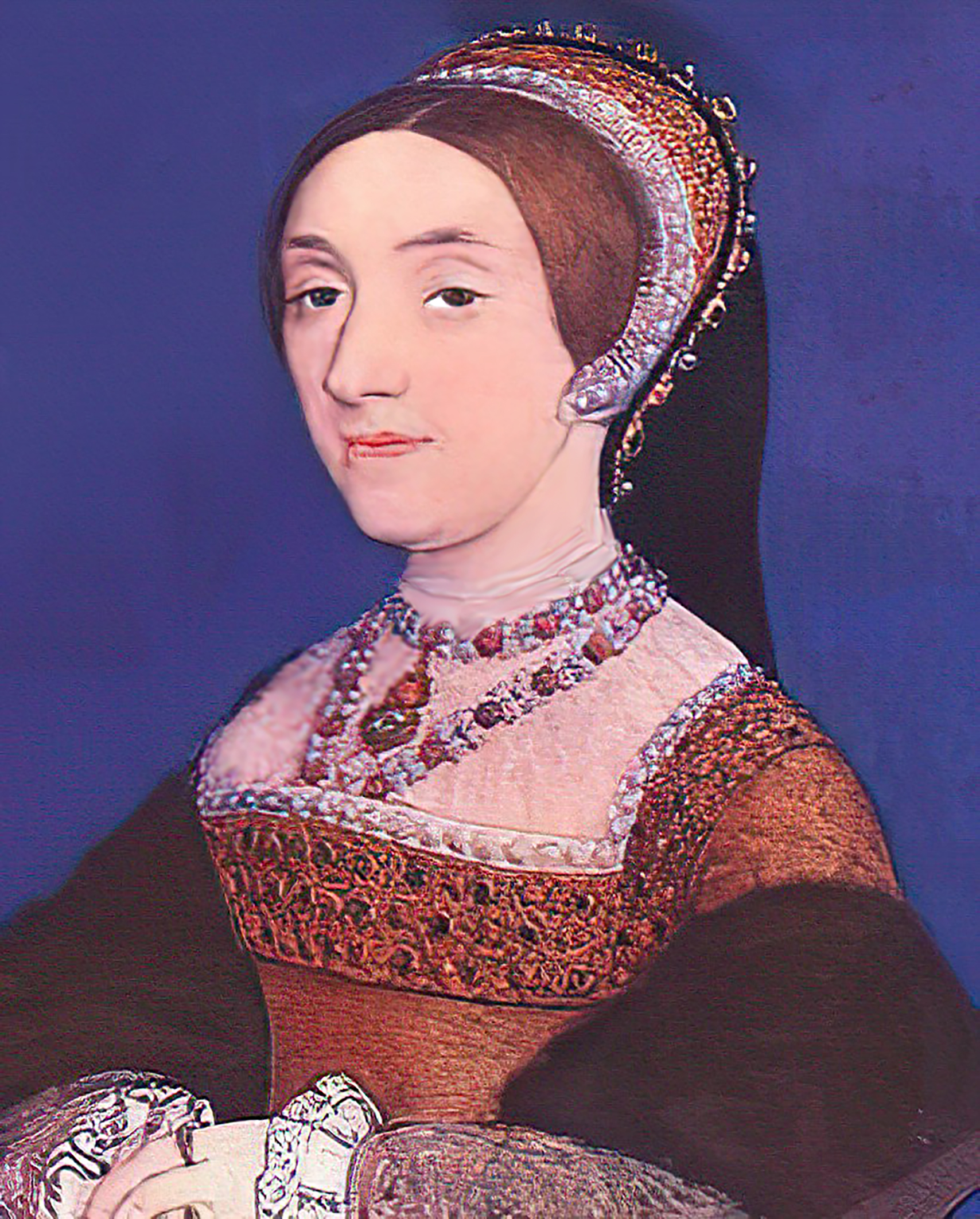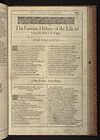Related Research Articles

Catherine of Aragon was Queen of England from June 1509 until May 1533 as the first wife of King Henry VIII; she was previously Princess of Wales as the wife of Henry's elder brother, Arthur.

The House of Tudor was an English royal house of Welsh origin, descended from the Tudors of Penmynydd. Tudor monarchs ruled the Kingdom of England and its realms, including their ancestral Wales and the Lordship of Ireland from 1485 until 1603, with six monarchs in that period: Henry VII, Henry VIII, Edward VI, Lady Jane Grey, Mary I and Elizabeth I. The Tudors succeeded the House of Plantagenet as rulers of the Kingdom of England, and were succeeded by the House of Stuart. The first Tudor monarch, Henry VII of England, descended through his mother from a legitimised branch of the English royal House of Lancaster. The Tudor family rose to power in the wake of the Wars of the Roses (1455–1487), which left the House of Lancaster, with which the Tudors were aligned, extinct in the male line.

Jane Seymour, also known as Jane Semel, was Queen of England from 1536 to 1537 as the third wife of King Henry VIII. She succeeded Anne Boleyn as queen consort following the latter's execution in May 1536. She died of postnatal complications less than two weeks after the birth of her only child, a son who became King Edward VI. She was the only wife of the King to receive a queen's funeral, and his only consort to be buried beside him in St George's Chapel, Windsor Castle.

Anne of Cleves was queen consort of England from 6 January to 9 July 1540 as the fourth wife of King Henry VIII. Not much is known about Anne before 1527, when she became betrothed to Francis, Duke of Bar, son and heir of Antoine, Duke of Lorraine, although their marriage did not proceed. In March 1539, negotiations for Anne's marriage to Henry began, as Henry believed that he needed to form a political alliance with her brother, William, who was a leader of the Protestants of western Germany, to strengthen his position against potential attacks from Catholic France and the Holy Roman Empire.
The Six Wives of Henry VIII is a series of six television plays produced by the BBC and first transmitted between 1 January and 5 February 1970. The series was later aired in the United States on CBS from 1 August to 5 September 1971 with narration added by Anthony Quayle. The series was rebroadcast in the United States without commercials on PBS as part of its Masterpiece Theatre series.
Jane Boleyn, Viscountess Rochford, was the wife of the Viscount Rochford, brother of Anne Boleyn, the second wife of King Henry VIII. Jane had been a member of the household of Henry's first wife, Catherine of Aragon. It is possible that she played a role in the judgments against, and subsequent executions of, her husband and Anne Boleyn. She was later a lady-in-waiting to Henry's third and fourth wives, and then to his fifth wife, Catherine Howard, with whom she was executed.

Thomas Howard, 3rd Duke of Norfolk, was a prominent English politician and nobleman of the Tudor era. He was an uncle of two of the wives of King Henry VIII, namely Anne Boleyn and Catherine Howard, both of whom were beheaded, and played a major role in the machinations affecting these royal marriages. After falling from favour in 1546, he was stripped of his dukedom and imprisoned in the Tower of London, avoiding execution when Henry VIII died on 28 January 1547.
Elizabeth Boleyn, Countess of Wiltshire was an English noblewoman, noted for being the mother of Anne Boleyn and as such the maternal grandmother of Elizabeth I of England. The eldest daughter of Thomas Howard, 2nd Duke of Norfolk and his first wife Elizabeth Tilney, she married Thomas Boleyn sometime in the later 15th century. Elizabeth became Viscountess Rochford in 1525 when her husband was elevated to the peerage, subsequently becoming Countess of Ormond in 1527 and Countess of Wiltshire in 1529.

In common parlance, the wives of Henry VIII were the six queens consort wedded to Henry between 1509 and his death in 1547. In legal terms, King Henry VIII of England had only three wives, because three of his marriages were annulled by the Church of England. However, he was never granted an annulment by the Pope, as he desired, for Catherine of Aragon, his first wife. Annulments declare that a true marriage never took place, unlike a divorce, in which a married couple end their union. Along with his six wives, Henry took several mistresses.

Keith Joseph Michell was an Australian actor who worked primarily in the United Kingdom, and was best known for his television and film portrayals of King Henry VIII. He appeared extensively in Shakespeare and other classics and musicals in Britain, and was also in several Broadway productions. He was an artistic director of the Chichester Festival Theatre in the 1970s and later had a recurring role on Murder, She Wrote. He was also known for illustrating a collection of Jeremy Lloyd's poems Captain Beaky, and singing the title song from the associated album.

Henry VIII and His Six Wives is a 1972 British film adaptation, directed by Waris Hussein, of the BBC 1970 six-part miniseries The Six Wives of Henry VIII. Keith Michell, who plays Henry VIII in the TV series, also portrays the king in the film. His six wives are portrayed by different actresses, among them Frances Cuka as Catherine of Aragon, and Jane Asher as Jane Seymour. Donald Pleasence portrays Thomas Cromwell and Bernard Hepton portrays Archbishop Thomas Cranmer, a role he had also played in the miniseries and briefly in its follow-up Elizabeth R.
Alison Weir is a British writer of history books, and latterly historical novels, mostly in the form of biographies about British royalty.

Henry VII of England has been depicted a number of times in popular culture.
Mary I of England has been depicted in popular culture a number of times.

Anne Boleyn, the second wife of King Henry VIII of England, has inspired or been mentioned in numerous artistic and cultural works. The following lists cover various media, enduring works of high art, and recent representations in popular culture, film and fiction. The entries represent portrayals that a reader has a reasonable chance of encountering, rather than a complete catalogue. Anne Boleyn was the second wife of Henry VIII and was the mother of Elizabeth I.

Mary Boleyn, also known as Lady Mary, was the sister of English queen consort Anne Boleyn, whose family enjoyed considerable influence during the reign of King Henry VIII.

Catherine Howard was queen consort of England from 1540 until 1541 as the fifth wife of Henry VIII. She was the daughter of Lord Edmund Howard and Joyce Culpeper, cousin to Anne Boleyn, and niece to Thomas Howard, 3rd Duke of Norfolk. Thomas Howard was a prominent politician at Henry's court, and he secured her a place in the household of Henry's fourth wife, Anne of Cleves, where she caught the King's interest. She married him on 28 July 1540 at Oatlands Palace in Surrey, just 19 days after the annulment of his marriage to Anne. He was 49, and she was still a teenager, at about 17 years old.

Suzannah Rebecca Gabriella Lipscomb is a British historian, academic and television presenter who has written and appeared in a number of television and radio programmes about British history. She was appointed to a personal chair as Professor of History at the University of Roehampton in January 2019.
Dr Lauren Mackay is an historian and author specializing in Early Modern diplomacy, and whose focus of study goes beyond familiar historical figures to the customs and diplomacy of the 16th Century. She obtained her bachelor's degree from Sydney University, Australia,, her Master of History from the University of New England, Australia, and her PhD from the University of Newcastle, Australia.

Catherine of Aragon was Queen of England from June 1509 until May 1533 as the first wife of King Henry VIII. She has been portrayed in film, television, plays, novels, songs, poems, and other creative forms many times, and as a result, she has stayed very much in popular memory.
References
- ↑ https://www.amazon.com/Fall-House-Queens-Book-Shattered/dp/1514807297/ref=tmm_pap_swatch_0?_encoding=UTF8&qid=1552677870&sr=1-1
- ↑ https://genome.ch.bbc.co.uk/7eb635f82fdd4f8a9b72fdec8711a322
- ↑ https://www.bbc.co.uk/programmes/b00psrfz
- ↑ https://www.bbc.co.uk/programmes/b00js7zb
- ↑ https://www.bbc.co.uk/programmes/b007jyc9
- ↑ https://www.bbc.co.uk/programmes/b06hcbvs
